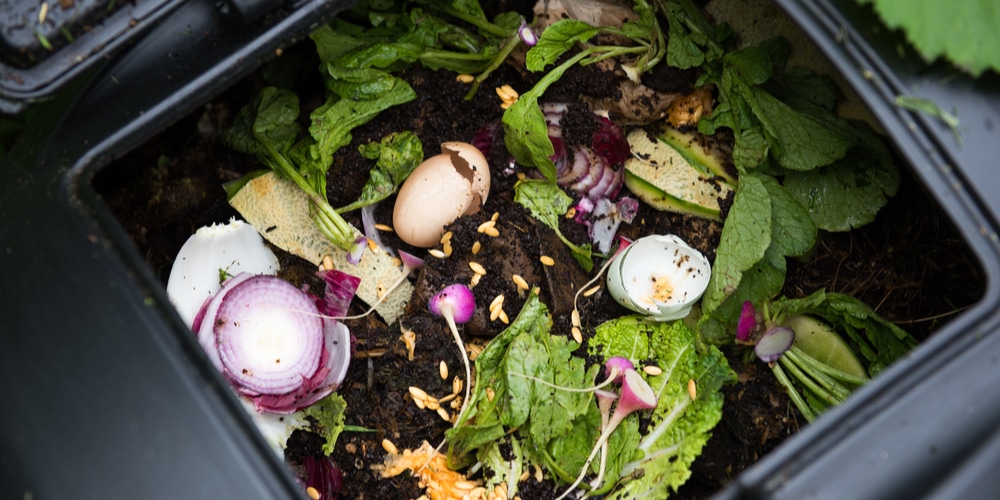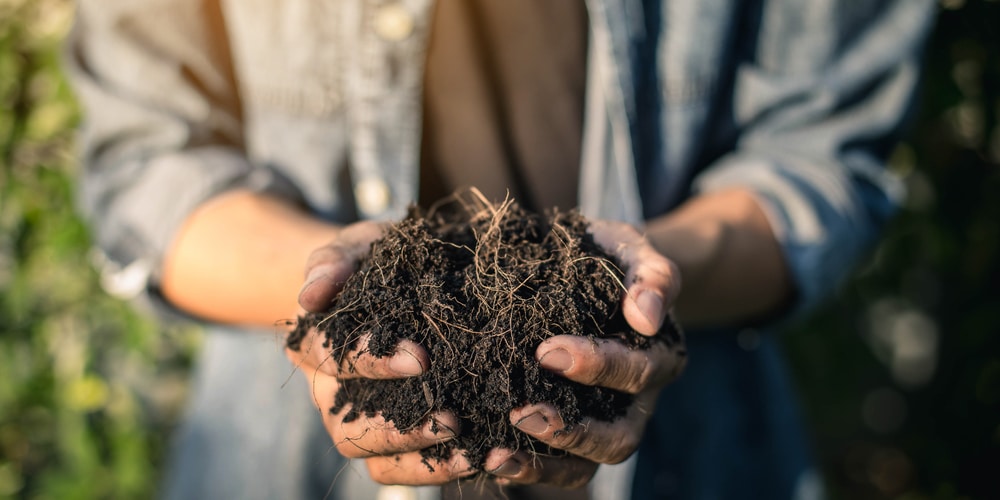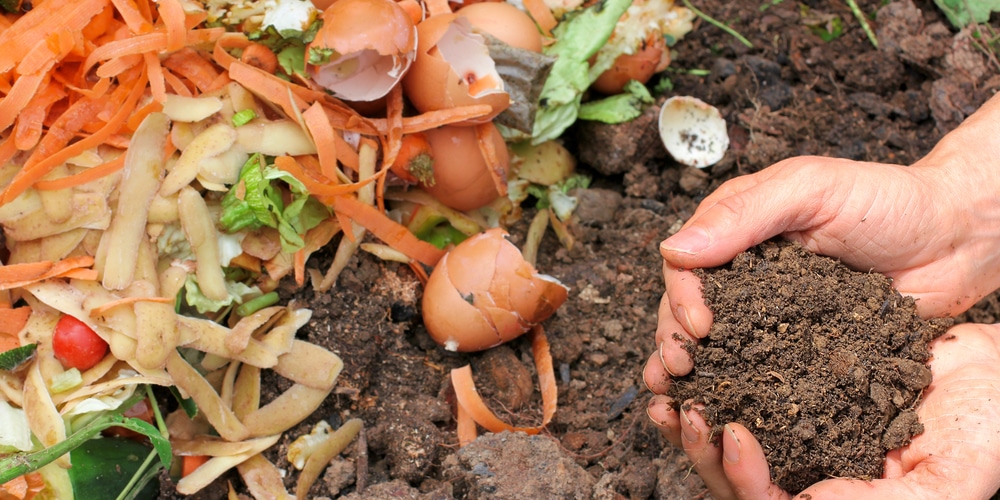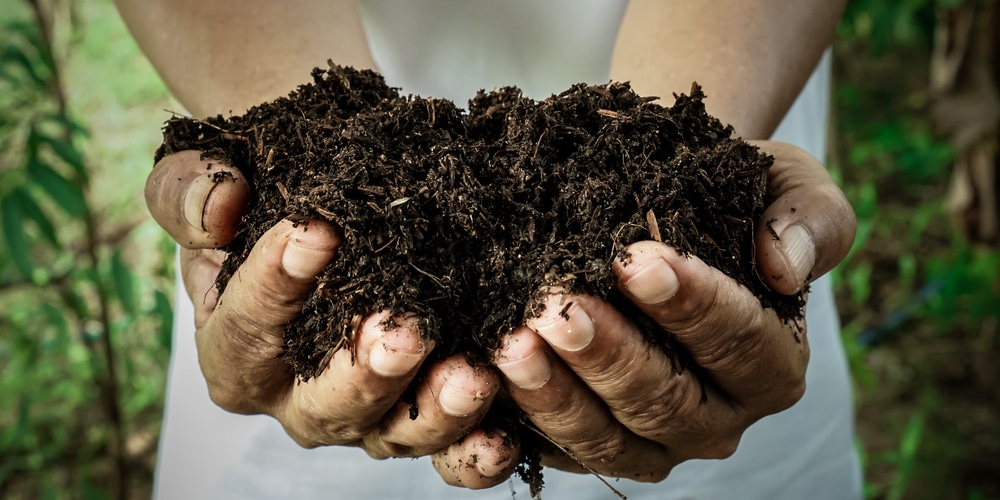The art of composting is a fantastic way to put waste organic material to good use and for the benefit of the planet. Thankfully, there’s a composting style for every gardener, whether you want quick results or have much time to let decomposition happen at its own speed.
Essentially, composting is the practice of recycling organic matter — food scraps, leaves, wood chips, plant debris, yard waste, grass clippings, etc. — and turning it into nutrient-rich, soil-like material that is often used as fertilizer.
While there are several ways that you can compost, the most common are hot and cold composting. Understanding each method and how it works can help you make the right decision before starting the composting.
This post will comprehensively look into hot composting vs. cold composting, discussing each method to help make an informed decision.
What is composting?

Composting is the process of breaking down organic matter into finished compost. What happens in a compost pile depends on a number of factors, including what goes into the pile, the method you use, and the pile’s size.
An eco-friendly way to turn waste organic matter into a valuable resource, composting is achieved by activating the bacteria present in organic matter, which triggers the chemical reaction responsible for breaking down the materials into “black gold.”
Hot composting
Hot composting is the quickest method to make a healthy compost. The method relies on high temperatures and extensive labor, but you will have a batch of rich garden humus after a few weeks.
While high temperature is the most important aspect of hot composting, certain conditions need to be fulfilled for the process to occur successfully. Precisely, when making the pile, you need to purposefully maintain the correct balance of nitrogen-rich greens and carbon-rich browns.
A ratio of 1:1 should trigger decomposition, but you will need to add more browns into the cooking compost so that the ratio by volume is 3 parts carbon to 2 nitrogen.
If your hot compost pile is well balanced, the beneficial microorganisms will build up rapidly and generate the required heat. The temperatures can rise as high as 160°F (71°C), depending on the nitrogen that goes into your pile, but you need to for about 140°F (60°C). Typically, the more nitrogen present, the hotter the pile.
A typical hot compost should be at least 3-feet wide, 3-feet long, and 3-feet high. Anything smaller might not produce desirable finished compost.
Notably, you will need to monitor the temperatures and occasionally turn the compost pile so that the contents decompose evenly.
Cold composting
If you have time to let composting occur at its own pace, then the idea of cold composting might generate your interest.
Cold composting is the simplest and least complicated way of composting. Although the approach uses the same ingredients as hot composting, it requires less effort, attention, and maintenance. The biggest issue with this method is that it takes significantly longer to produce results.
With cold composting, all you need is to accumulate and pile the organic materials, then let nature take its course. Turning the pile is entirely optional, but doing it once a month can speed up the composting process. Otherwise, no active effort is needed.
Cold composting is an effective way of recycling organic matter, but the process will take at least six months.
Hot composting vs cold composting
Hot and cold composting are eco-friendly and reliable ways of recycling organic matter. Although they take different approaches, they are fairly easy to implement as none needs special equipment. But why would any gardener prefer one over the other?
The prime difference between hot composting and cold composting is time — the time needed to create an ideal environment for beneficial bacteria to build up and the time it takes to get results. If you are ready for the effort, hot composting delivers speedy results.
Hot composting helps kill weed seeds and disease-triggering pathogens present in the compost pile. Another benefit is that the method can also be used year-round.
On the other hand, cold composting takes longer and allows you to add more organic waste to the pile. With cold composting, you can also make very large piles because you don’t necessarily need to turn them.
When well-managed and maintained, hot composting will produce pleasant-smelling compost. This is unlike cold compost, which can produce really bad odors.
Conclusion: hot composting vs cold composting
Whether you want to make valuable fertilizer or reduce your carbon footprint, there is always a good reason to practice composting. Composting offers a beneficial way to recycle organic matter.
As for the method to use, both hot and cold composting gives high-quality rich compost. The most important factor to consider is how faster you need the compost. Heating up compost can make the process quicker.
Related Article: Can Weeds Be Composted?


